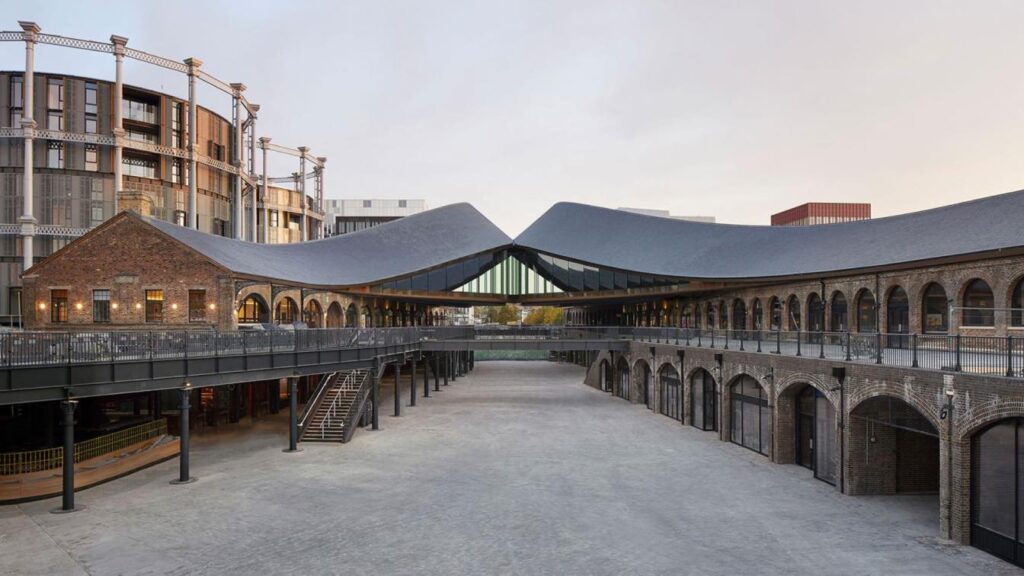In the context of war-torn countries, the role of architects transcends the traditional boundaries of design and construction, becoming a pivotal force in the healing and rebuilding of war-torn societies.
Architects, in the wake of conflict, are tasked with the immense responsibility of not only reconstructing the physical landscape but also contributing to the social and cultural restoration of communities. Their work involves a delicate balance between preserving the memory of the past and fostering a vision for a resilient future.
Historical Precedents and Methodologies
Throughout history, architects have approached post-war reconstruction with varying methodologies. From the restoration of ancient marvels like the Acropolis in Athens to the rebuilding of modern cities, architects have often been at the forefront of preserving cultural identity while adapting to contemporary needs.
The Tabula Rasa approach, for instance, advocates for starting afresh, creating an opportunity to reimagine urban spaces free from the constraints of their war-torn past. This method, however, is often controversial as it may erase historical narratives and memories essential to the community’s identity.
Balancing Preservation with Innovation
In the modern context, architects must navigate the complexities of preserving war-damaged structures that hold historical significance while also incorporating innovative design solutions that address current and future needs. This involves engaging with local communities, understanding their needs, and involving them in the rebuilding process.

The Contributions of Architects to Social Healing
Architects play a crucial role in the social healing process by designing spaces that facilitate community interaction, support economic development, and promote cultural activities. By creating inclusive public spaces, architects help to rebuild the social fabric of communities that have been fragmented by war.
The reconstruction process also provides an opportunity to implement sustainable building practices and resilient urban planning that can withstand future conflicts or natural disasters. Architects, therefore, contribute not only to the immediate rebuilding efforts but also to the long-term sustainability and peace of post-conflict societies.
Conclusion
The architect’s role in post-conflict reconstruction is multifaceted and deeply impactful. By balancing the preservation of historical integrity with the need for modern functionality, architects help to shape environments that honor the past while looking forward to a peaceful and prosperous future. Their work is instrumental in restoring not just buildings, but the heart and soul of communities, paving the way for a resilient and harmonious society.
References:
- Architectural Responses to Conflict: Rebuilding After War – RTF | Rethinking The Future.
- The impact of war and conflict on architecture and urban planning – RTF | Rethinking The Future.
- The Contributions of Architects to Post-Conflict (Re)Construction – DiVA.

